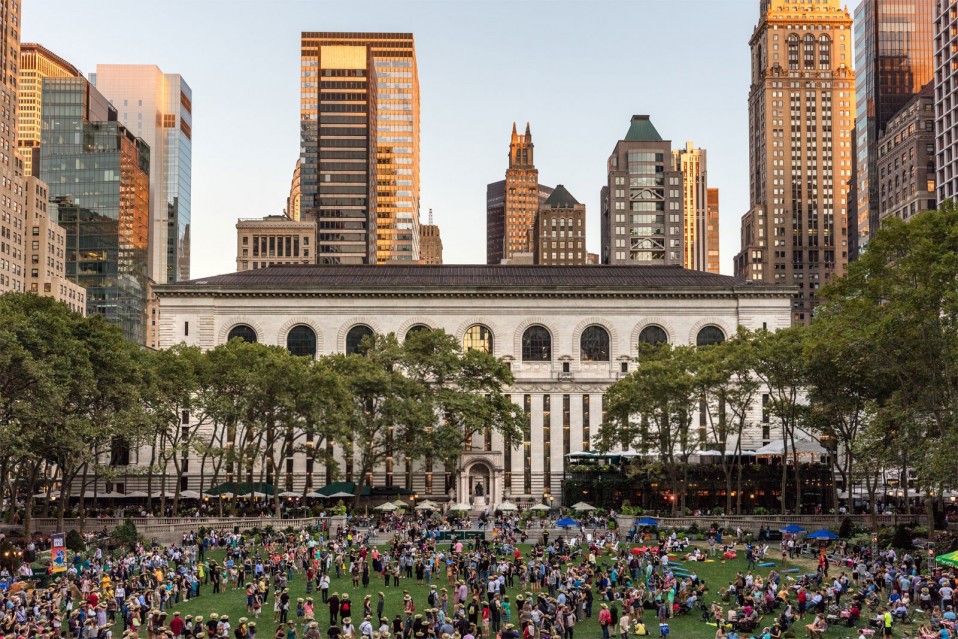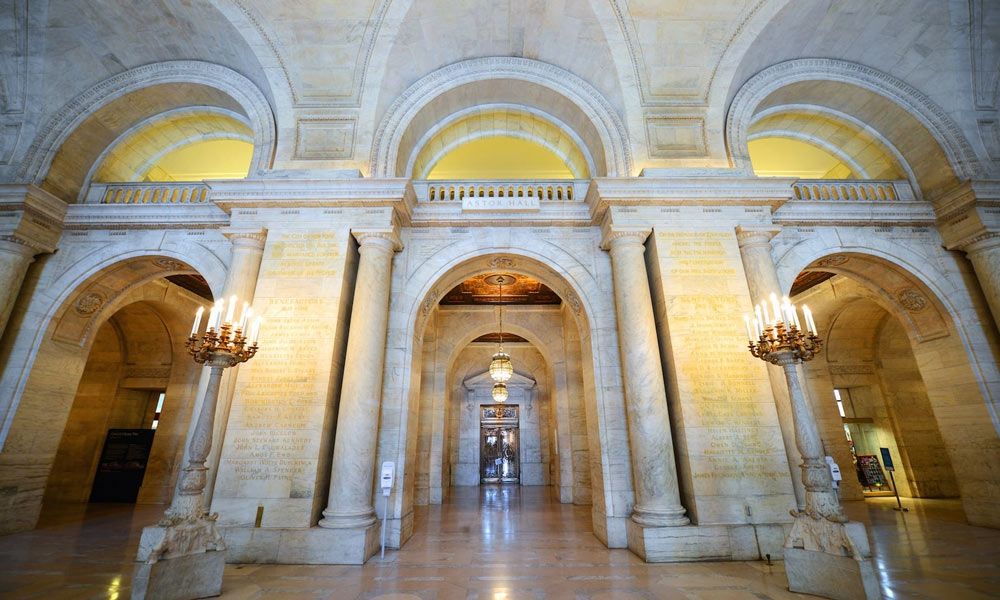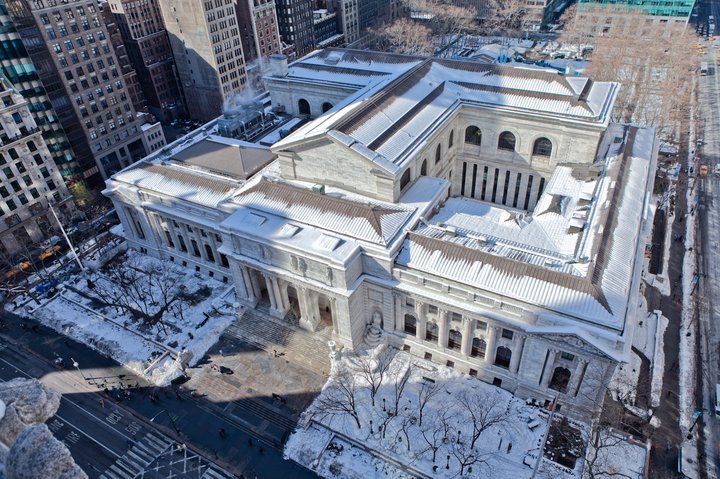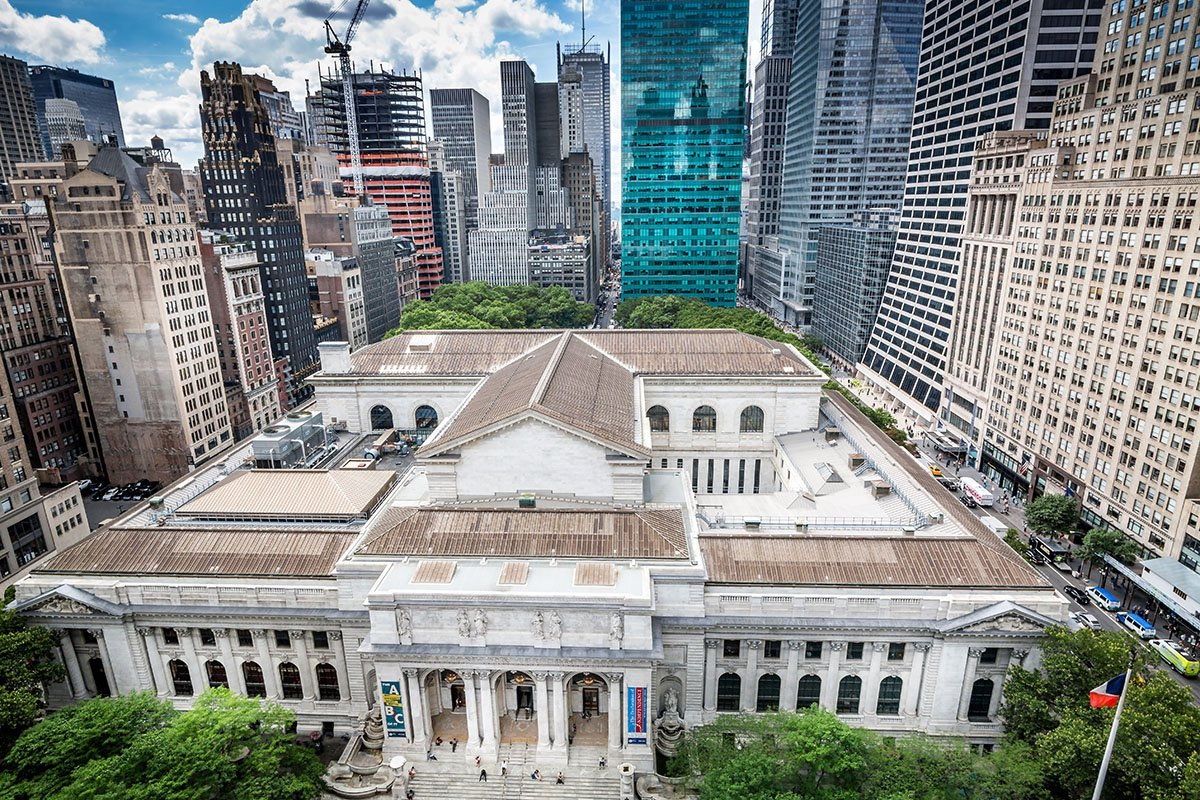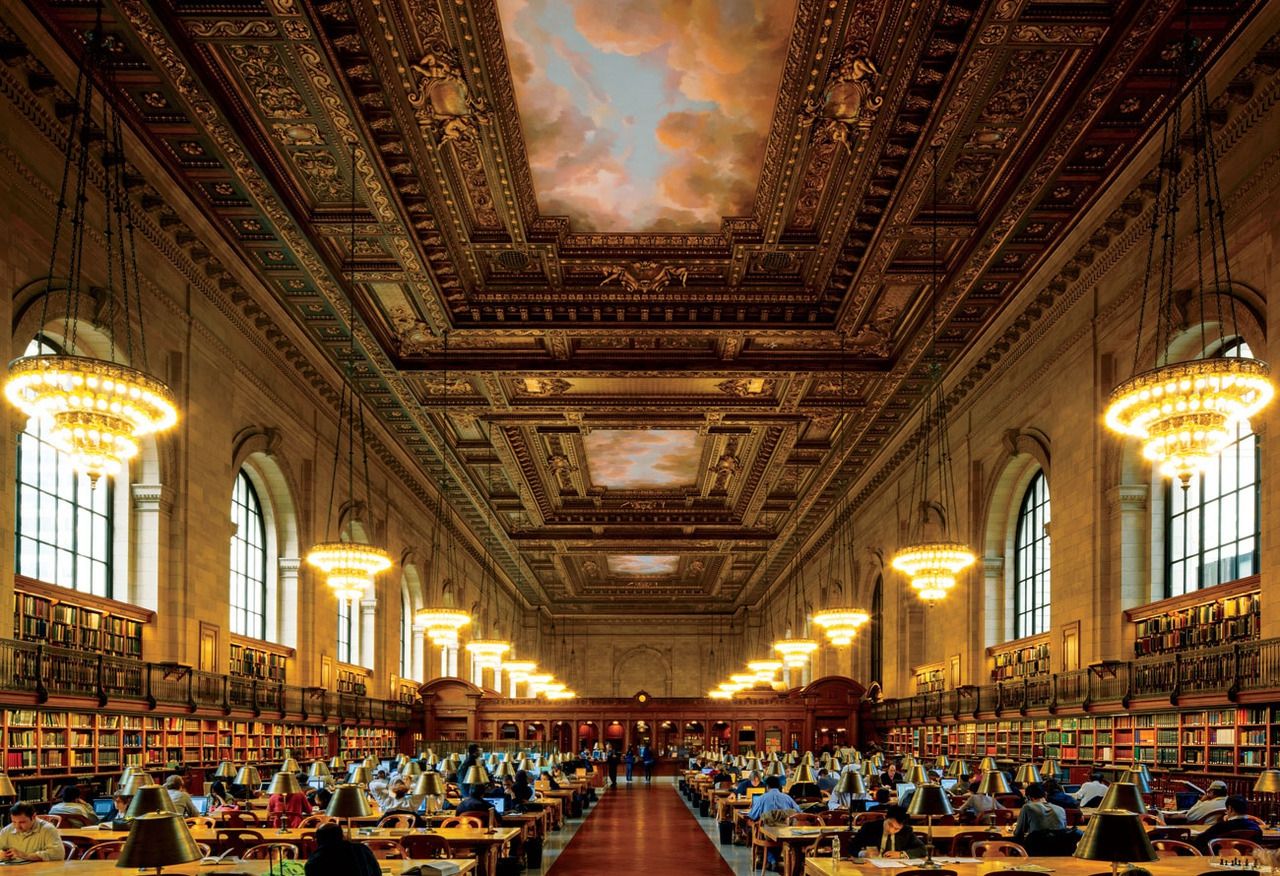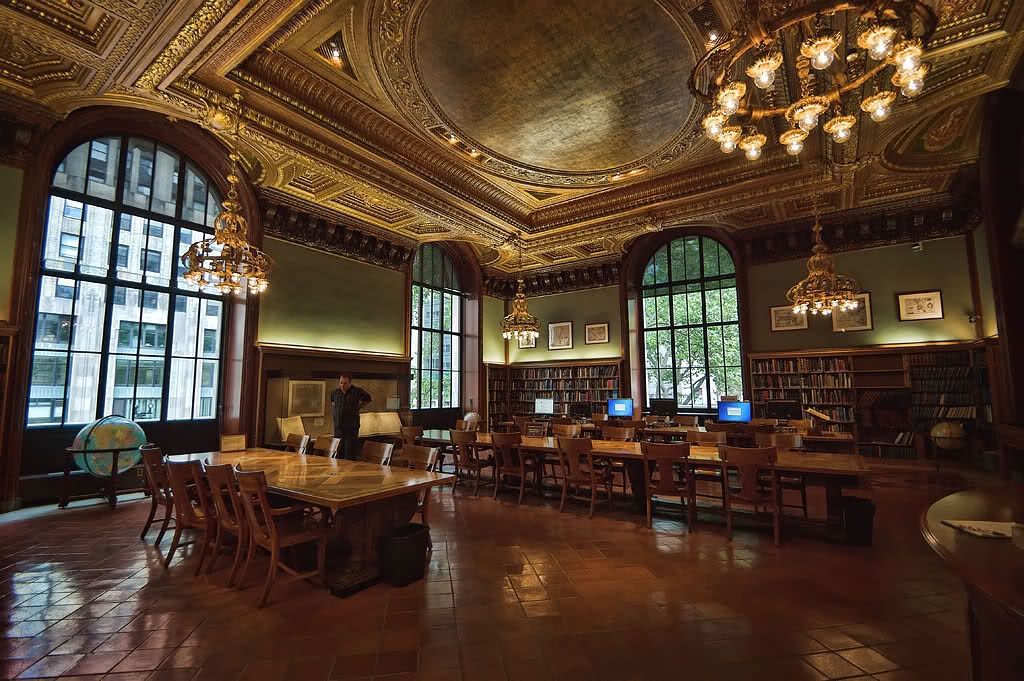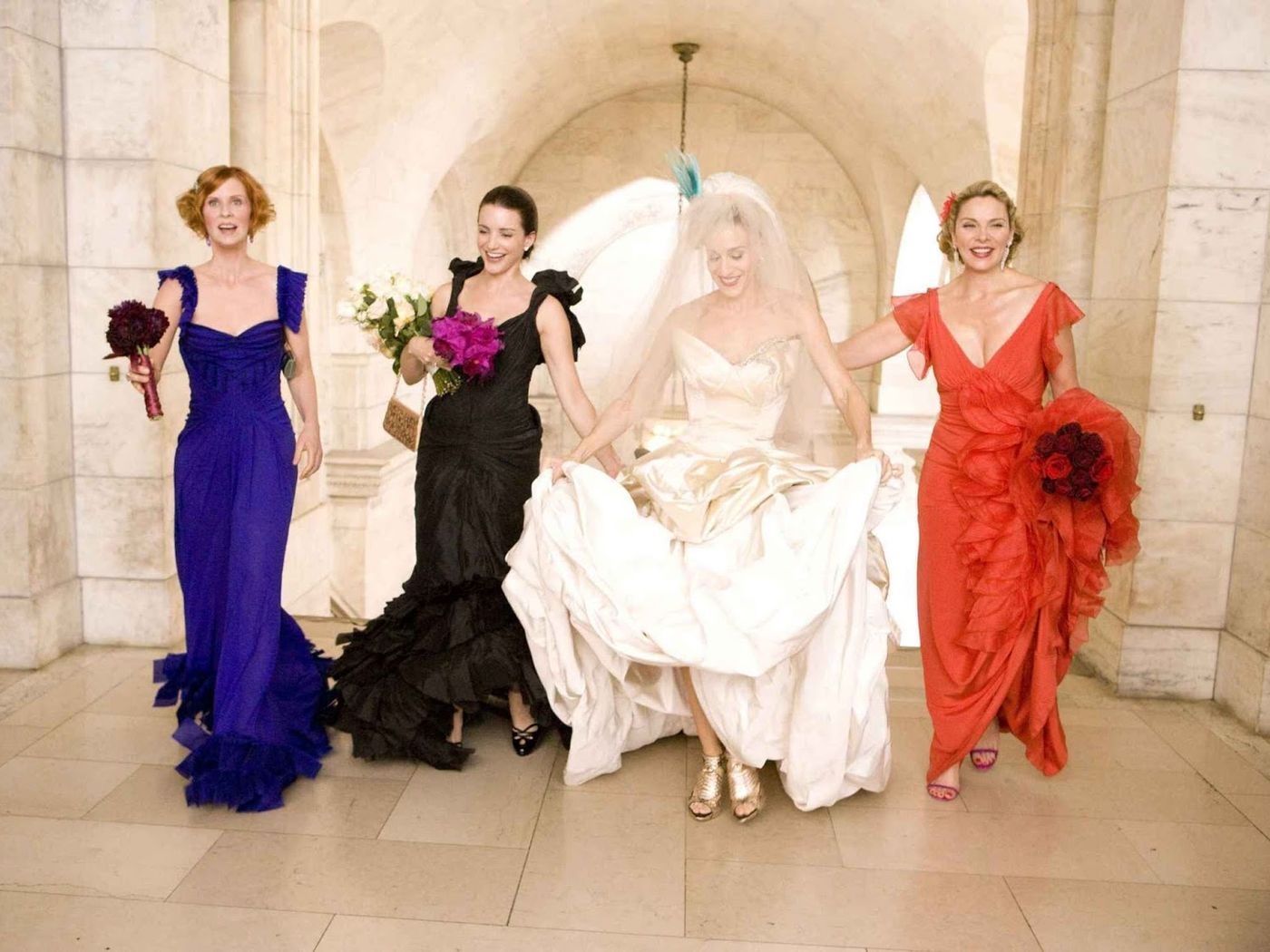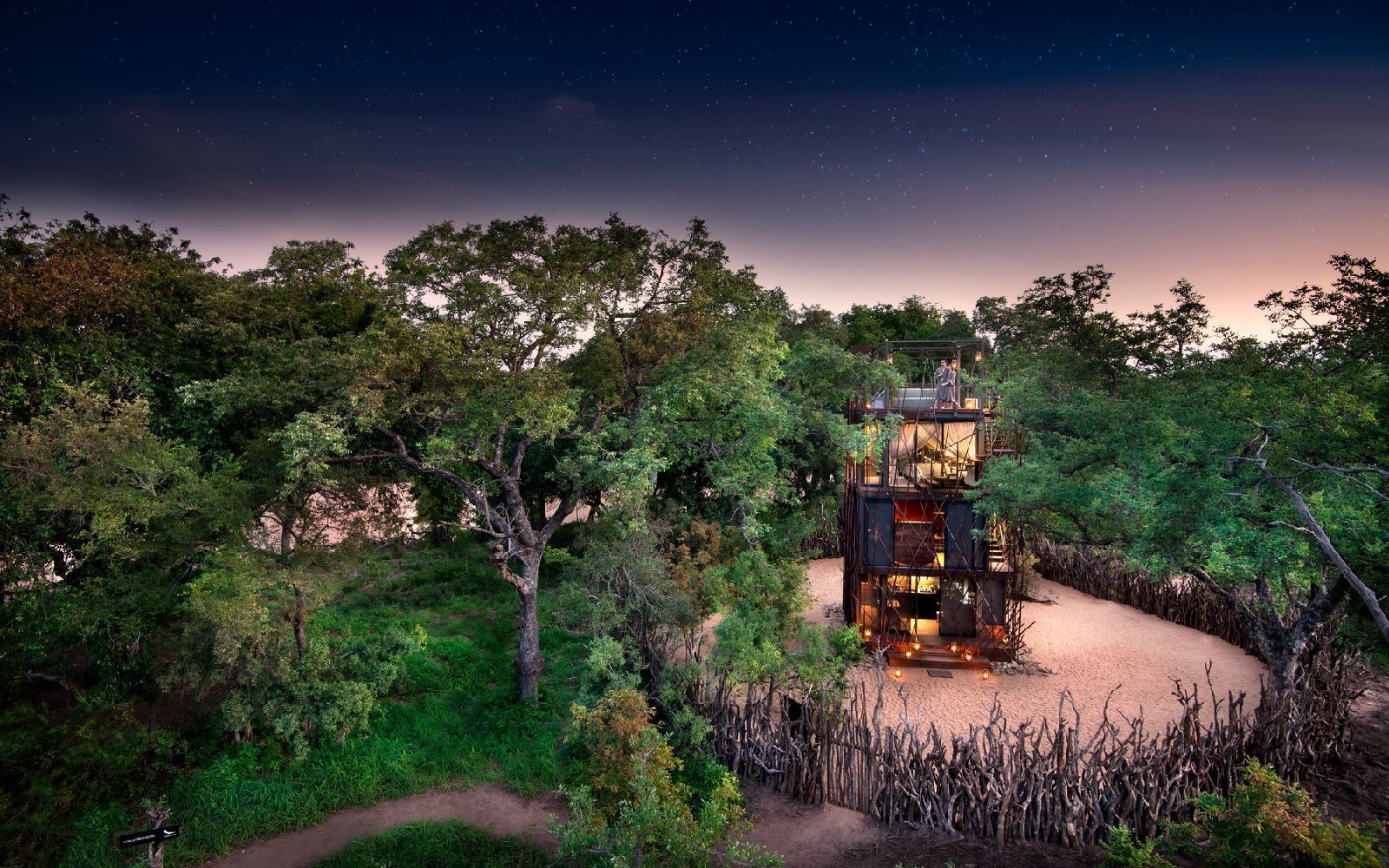
Sunday Escape – New York Public Library The charming place that was the set for Sex & The City and Breakfast at Tiffany's
A grey-hued weekend of late November. What better time to visit – even just virtually, if you can't go to the Big Apple – the New York Public Library?
It's right here, in the heart of the city that never sleeps, on the 42nd Street, that we bring you today, with our Sunday Escape column.
More than just a library, this place has over time become a beloved institution in the city that fascinates hundreds of tourists, intellectuals, artists, married couples celebrating their wedding, and directors, many of whom chose it as a set of their films. Some highlights? Breakfast at Tiffany's, Sex & the City, Ghostbusters, Spiderman or The Day After Tomorrow.
The origins of this building date back to the second half of the 19th century, when Governor Samuel J. Tilden, supported by advocate John Bigelow, decided to leave a large part of its assets, about $2.4 million, to build and maintain a library and a reading room in the city of New York. The site chosen for the work is the Croton Reservoir, a popular location between the 42nd Street and Fifth Avenue, perfect for hosting the majestic structure designed by the architects Carrere and Hastings, built entirely in marble and now considered the apogee of Beaux-Arts, a style that combines classical Greek and Roman architecture with Renaissance ideals. The first stone was laid in May 1902, it took 18 months just to end the roof, and then there was the installation of 75 thousand shelves to accommodate the immense collections, columns, tables, chairs, baskets, lamps, chandeliers, the famous lions in front of the palace sculpted by Edward C. Potter (commonly known as Patience and Fortitude), the work ending in May 1911.
Soon the New York Public Library became the third largest library in the world and today it still serves more than 17 million customers annually with more than twenty million books from 180,000 documents among maps, posters, manuscripts, notes, drawings, photographs, letters, ancient texts available, treasures such as a letter of Columbus announcing his discovery of the New World in 1493.
Privately operated by a non-profit association and supported with a mixture of public and private funding, it remains a global icon and one of the most representative places of New York City. The most beautiful room? The Rose Reading Room, recently renovated. This space that spans 297 feet (almost a football field) hosts 42 oak planks long that visitors can use to refer to the many books and has a ceiling with exposed beams and an ethereal painting by James Wall Finn.














































